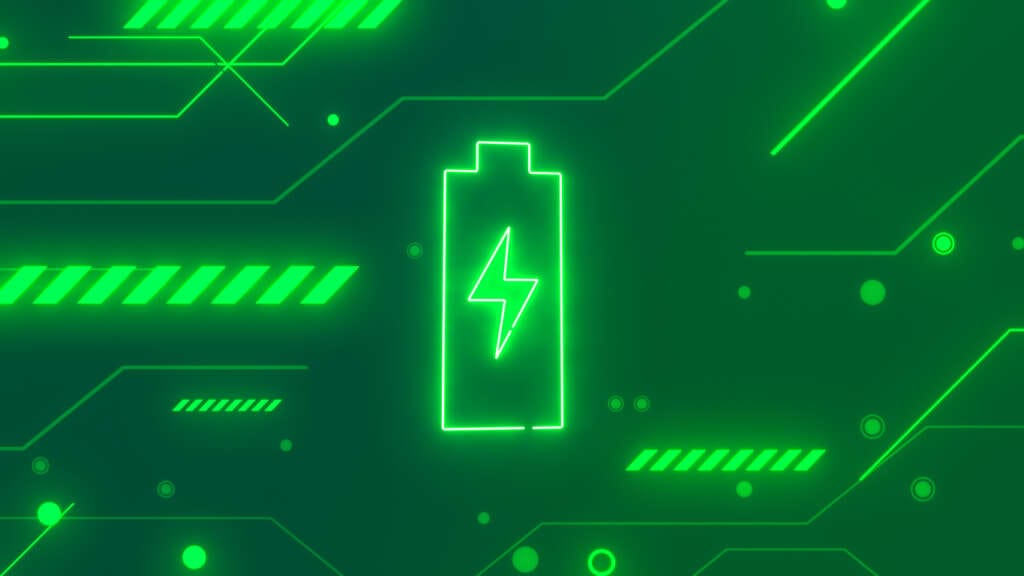

Most people have heard of Artificial Intelligence (AI). The term is becoming increasingly commonplace, and its uses have grown rapidly across many industries from its first working application as a checkers program in the 1950s.
It is commonly used in business to enhance decision making and optimise operations and efficiencies through applying robust scientific and machine learning. It is often used to improve existing systems and processes deployed by businesses.
Indeed, we are now entering a new dawn, whereby AI becomes part of the ‘digital first’ approach to business. Concepts and ventures that may otherwise have been impossible, can now be made a reality because of AI.
This is hugely exciting, and the potential is vast. Especially when businesses (and the wider global society) are only too aware of the most pressing issues and threats to both our way of life as we know it, and the future of our planet. Solutions are needed fast – and this is where AI has a role to play.
Take, for example, both climate change and energy security (which are somewhat intertwined in any case). Add to that the need for cleaner, less carbon-emitting fuel, the energy crisis and scarcity problems currently affecting populations.
What if AI can help provide a solution which goes some way in tackling both of these issues? DRIFT Energy has been working with Faculty, an AI company specialising in decision intelligence to create a fleet of autonomous AI powered sailboats capable of producing green hydrogen at sea.
The vessels harness and convert wind energy in the deep ocean to generate green hydrogen, which it stores onboard ready to be transported to hubs and ports for use. To maximise efficiency, the autonomous vessels have to be routed around favourable weather systems to ensure they remain in optimum wind and wave conditions.
To best do this, Faculty and DRIFT developed a routing algorithm to make sure the vessels continually take the optimal route to maintain the highest possible load factor over a specified trip, whilst staying clear of danger and maintaining enough power to make it back to port. The algorithm gathers three main data inputs: route options, boat properties and weather data to determine the best route.
In a world first, initial trials in Brightlingsea, Essex, proved successful – producing green hydrogen and outperforming expectations.
The findings of the trial suggest a flotilla of DRIFT’s energy yachts, operating from Penzance, could achieve a load factor of 72.5%, New York around 77% and 82% at some locations in the mid-Atlantic. By comparison verified load factors for wind turbines in the UK are 26.5% for onshore wind farms and 39.9% for offshore wind farms – so the potential behind the concept is huge.
Green hydrogen – ultimately destined for commercial use in the net zero transition – has not been produced in this way before anywhere in the world. The AI routing algorithm is critical to DRIFT’s operations and unlocks a unique advantage over other renewable classes, by making green energy mobile.
AI makes the DRIFT’s business model possible – and is a great example of how AI is no longer an enhancement for existing business processes, but the driver of new ventures, businesses and possibilities.


